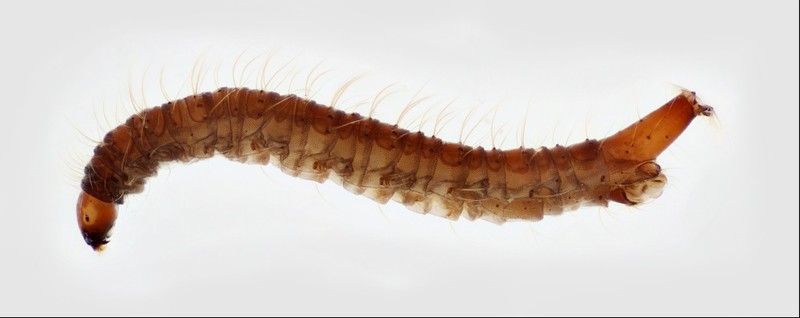order

Coleoptera
“Adult Beetles”

Coleoptera
“Larval Beetles”

Diptera
“True Flies”

Ephemeroptera
“Mayflies”

Hemiptera
“True Bugs”

Lepidoptera
“Aquatic Caterpillars, Snout Moths”

Megaloptera
“Alderflies, Dobsonflies, and Fishflies”

Odonata
“Dragonflies and Damselflies”

Plecoptera
“Stoneflies”

Trichoptera
“Caddisflies”
family
Psychodidae
“Moth Flies”
Family Overview
Psychodidae


Moth Flies
The head is distinct and conspicuous; there are no segmented legs; body segments are subdivided into 2 or 3 subdivisions, most of which have hard, dark, transverse plates; the end of the abdomen usually has a relatively short, conical respiratory tube.
Characteristics
POLLUTION TOLERANCE
Mid-Atlantic: up to 4
Midwest: 3.7 - 5.6
Southeast: up to 9.9
0 = least tolerant, 10 = most tolerant
FEEDING HABITS
Collector / Gatherer
MOVEMENT
Burrower
Diagnostic Characters
Order
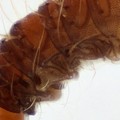
Legs Absent
Family
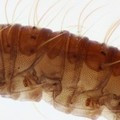
Body Segments Subdivided
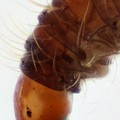
Distinct Thoracic Segments
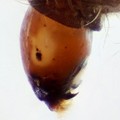
Head Capsule Complete and Exposed
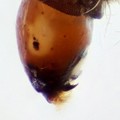
Mandibles Moving Horizontally
+ Expanded Character List
Order:
Wings and wing pads absent. Eye spots sometimes visible, but compound eyes absent. Segmented legs absent, but sometimes fleshy prolegs present. Sometimes with distinct head, often without head or with head drawn deeply into thorax. Body flattened, cylindrical, or maggot-like.
Family:
The head is distinct and conspicuous; there are no segmented legs; body segments are subdivided into 2 or 3 subdivisions, most of which have hard, dark, transverse plates; the end of the abdomen usually has a relatively short, conical respiratory tube.
Lateral




